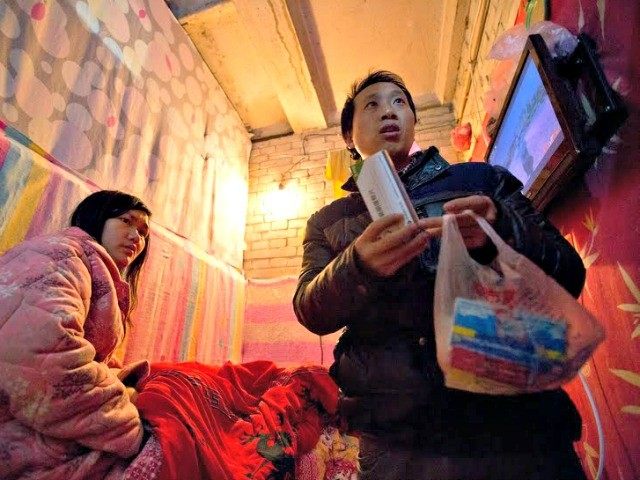A shortage of women in China– triggered by a cultural desire for rearing boys and the state-imposed one-child policy, has created a fertile market for the trafficking of women and girls from Myanmar (the former Burma). Women and girls are trafficked for both forced marriage and adoption.
The BBC highlighted the story of five-year-old Khin Khin Oo, who was sold in China a year ago by her father for $1,300 a year ago when she was four. Her grandmother, Ma Shan, said her daughter left her two children behind when she fled with another man. Khin Khin Oo’s father, Soe Khine, came back for the girl, but Ma Shan knew something was wrong when he did not return for four days.
A detective told Ma Shan that Soe Khine lost money in a card game. He received help from a woman in Kachin state to sell his daughter to a Chinese trafficker. An investigation revealed the young girl was trafficked again, this time for $2,000, for adoption. Thankfully, the grandmother and child were reunited after a week. The couple did not know they adopted a trafficked child. To keep her out of danger, Ma Shan sent Khin Khin Oo to China legally to stay with an aunt.
The BBC discovered child trafficking is rare, but the region is “notorious for the exploitation of young women.” In Namkhan township, there is a camp for displaced people. Community leader Myint Kyaw showed the BBC pictures of numerous missing women.
“These are four girls aged between 15 and 18 from Kutkai township who went to China to work,” said Kyaw. “They haven’t been heard of for eight months. This lady is 26 years-old and missing too. We’re trying to trace her through our community living in China.”
Lamo Bokdin escaped her captors and now lives in the camp. She worked at a restaurant in Ruili, on the border of China, but the boss forced her to marry her brother. The deal cost $6,500. Bokdin lived with the man in Beijing as a prisoner.
“At first I refused but my boss said she would just sell me to someone else,” said Bokdin. “I wasn’t allowed to make phone calls and I had to stay inside. My husband said we could only go and visit my parents when we had a baby.”
She escaped after three months.
“I lived at the top of the two-storey [sic] building,” she described. “The house had small windows covered with netting – so I cut the net with scissors and jumped down into the street. Luckily, nobody who saw me land cared. So I took a car to the train station where the police helped me get a ticket out of Beijing.”
Myanmar’s government announced on January 1 they will “rewrite its Anti-Human Trafficking in Persons Law enacted 10 years ago.” The rewrite will shut down all the loopholes and include closer cooperation with China and Thailand. The Australia-Asia Program to Combat Trafficking in Persons said they “will offer technical assistance in the move.”
In November, 2014, Chinese authorities “arrested 31 people on suspicion of trafficking women.” The people held 14 women, 11 of which were from Myanmar and five under the age of 18. The group sold the women as wives for $9,431.
In January 2013, Myanmar Police Force claimed, “80 percent of human trafficking cases in Myanmar over the past five years involved women being smuggled into China for forced marriage.” One official blamed it on China’s one-child policy. From Myanmar Times:
Between January 2006 and August 2011, 731 trafficking cases were reported, 585 of which involved China.
Of those cases, 1305 people were rescued, including 780 from China – or about 60pc of the total – along with 483 from Thailand, 16 from Indonesia and 15 from Malaysia.
Meanwhile, 85pc of victims were women and 65pc of traffickers were also women, the figures show.
The spokesperson said it remained difficult to rescue women who had been trafficked into China because they were spread across the country, and they needed more cooperation from the Chinese authorities.

COMMENTS
Please let us know if you're having issues with commenting.